View this email in your browser
New INSA Video Highlights the Importance of
Open Source Intelligence
Sponsored by Janes, the video kicks off a three-part webinar series.
(Arlington, VA)—December 4, 2023—The Intelligence and National Security Alliance (INSA) today announced the launch of a new video that describes the importance and impact of open source intelligence (OSINT) on the U.S. national security mission. INSA is the leading nonpartisan, non-profit membership organization that brings together leaders from the public, private, and academic sectors to address critical intelligence and national security challenges.
Sponsored by Janes, the video was developed by the INSA Technology and Innovation Council to help broaden public understanding of OSINT tools and capabilities. The video highlights how the collection and analysis of information gathered from publicly available sources can be used to understand military conflict, enhance cybersecurity, track migration patterns, identify human trafficking data, and support other national security efforts.
“In today’s interconnected world, open-source intelligence has become an indispensable tool for the intelligence and national security community,” said Suzanne Wilson Heckenberg, President, INSA. “This video provides valuable insights into the capabilities of OSINT and how it is being used to address a wide range of intelligence and national security priorities.”
The video kicks off a three-part series of virtual programs that will provide attendees with a deeper understanding of OSINT, how it is used, as well as the opportunities ahead. The first installment takes place on Tuesday, December 19 with a 9:00-9:45 am ET “Coffee & Conversation” with Linda Weissgold, former CIA Deputy Director for Analysis. Registration is gratis for the entire series.
Sam Gordy, President, Janes US, said “Today, we can harness and analyze open-source data in ways we could only do with highly classified systems decades ago.” He went on to say, “All of us at Janes appreciate INSA’s leadership in driving the dialogue around OSINT and in educating the defense and intelligence communities about this increasingly critical resource.”
View the video and learn more about the OSINT series at www.INSAonline.org/OSINT.
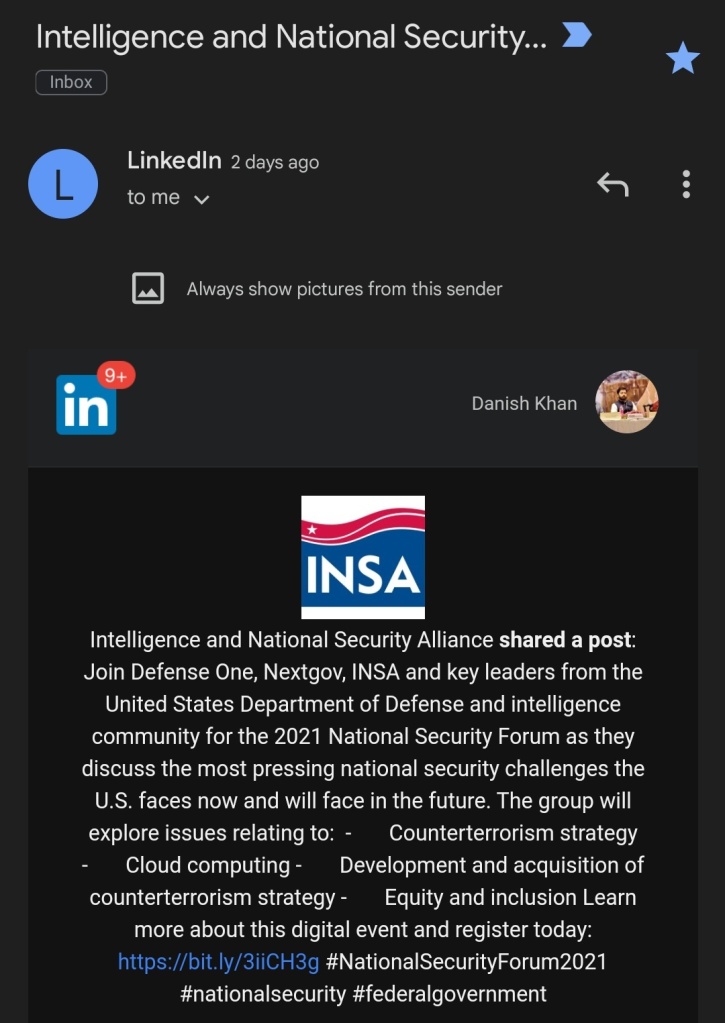
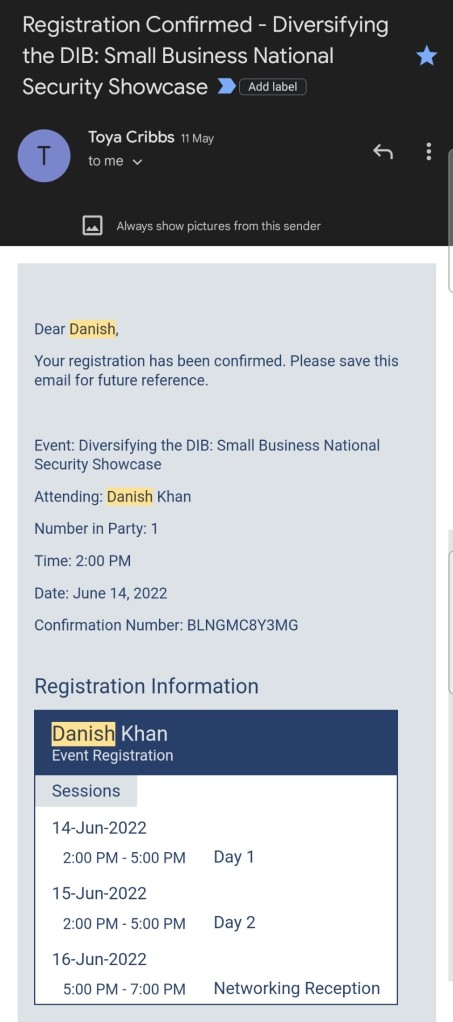


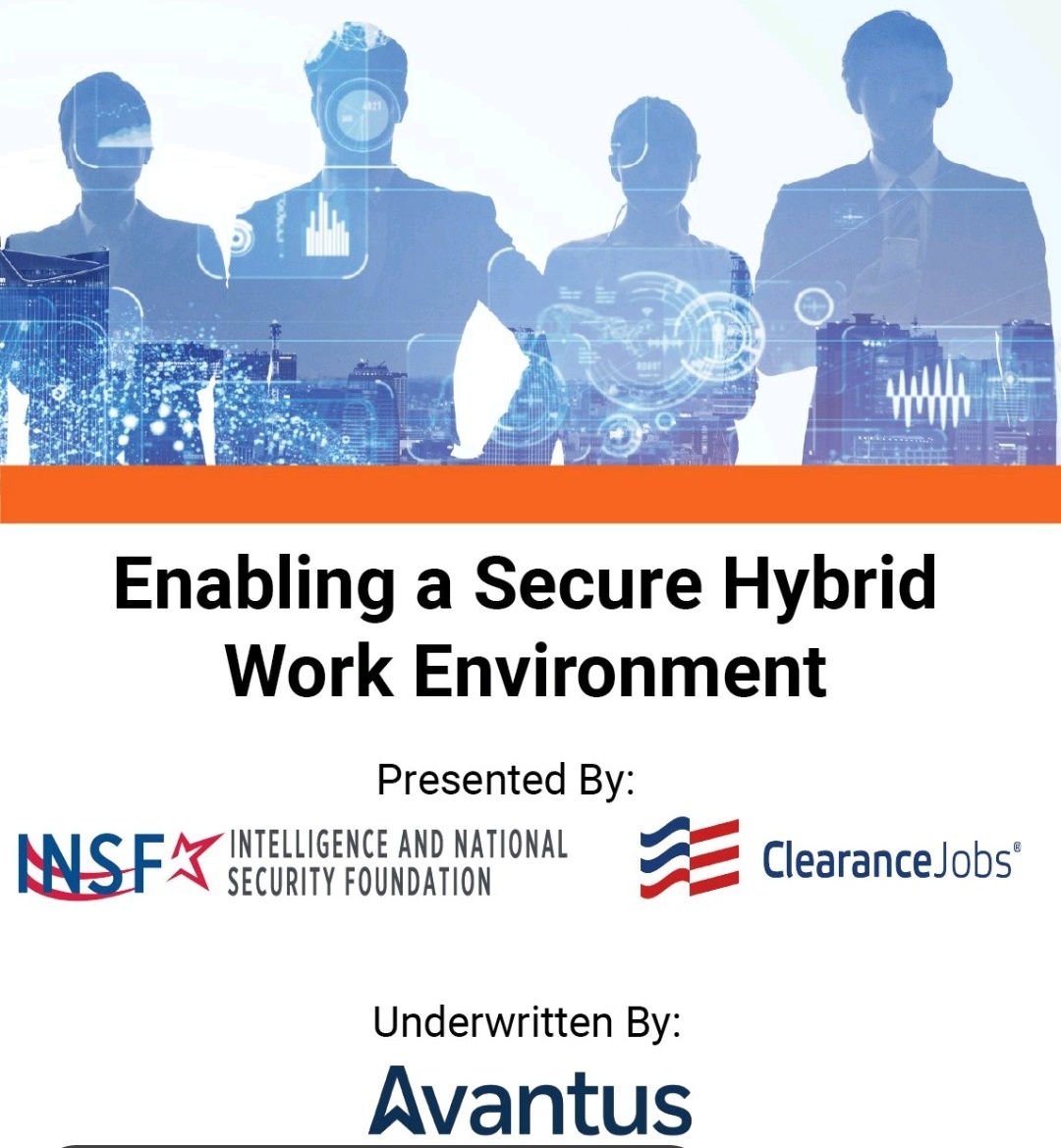
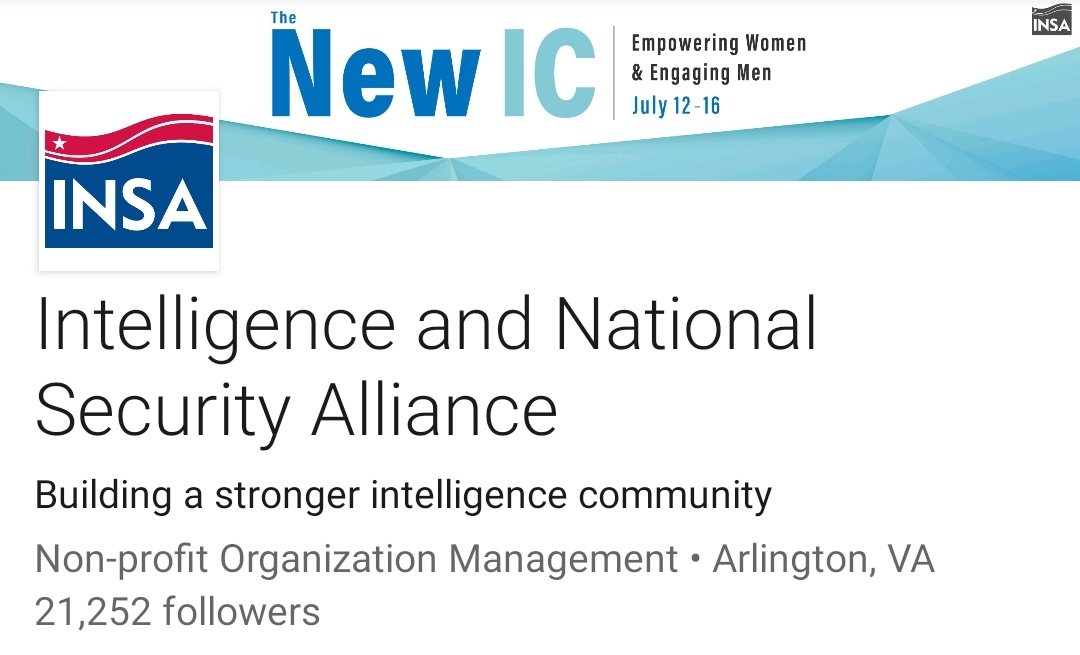
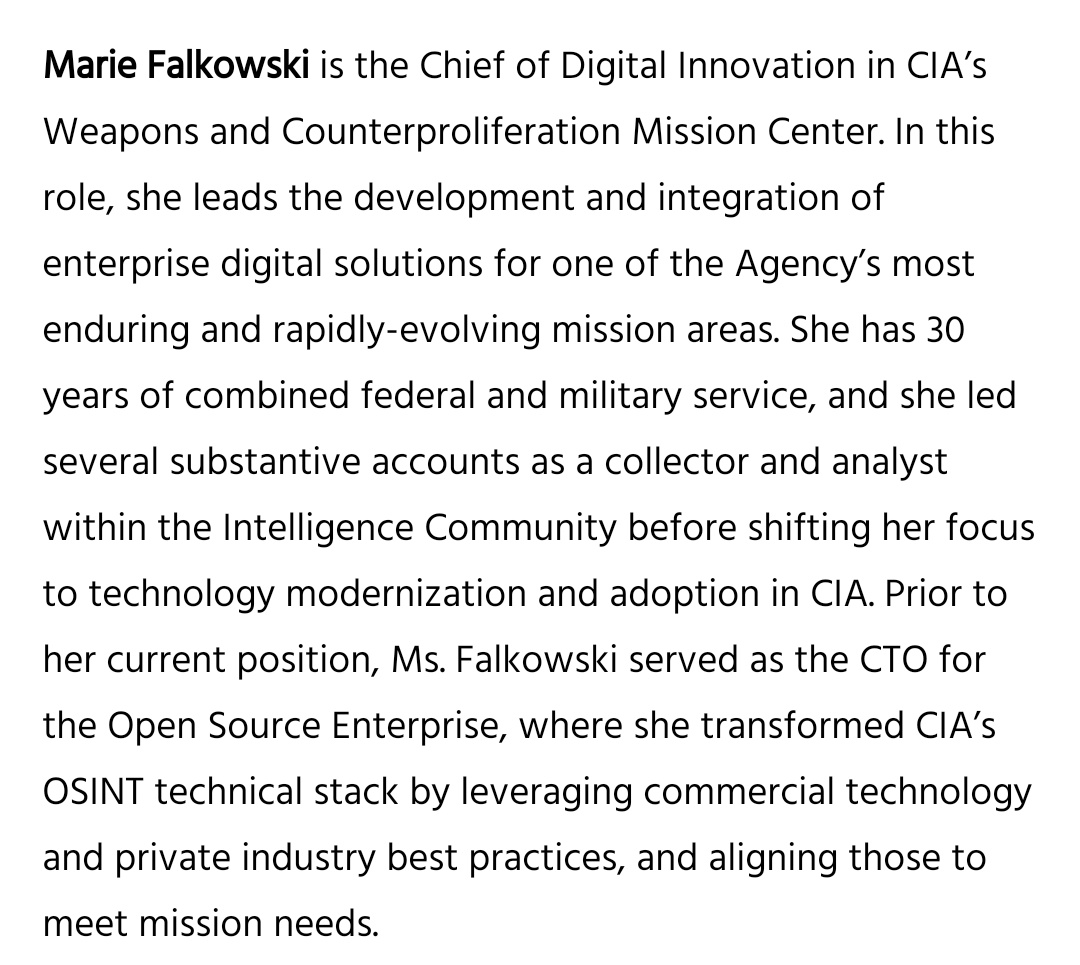
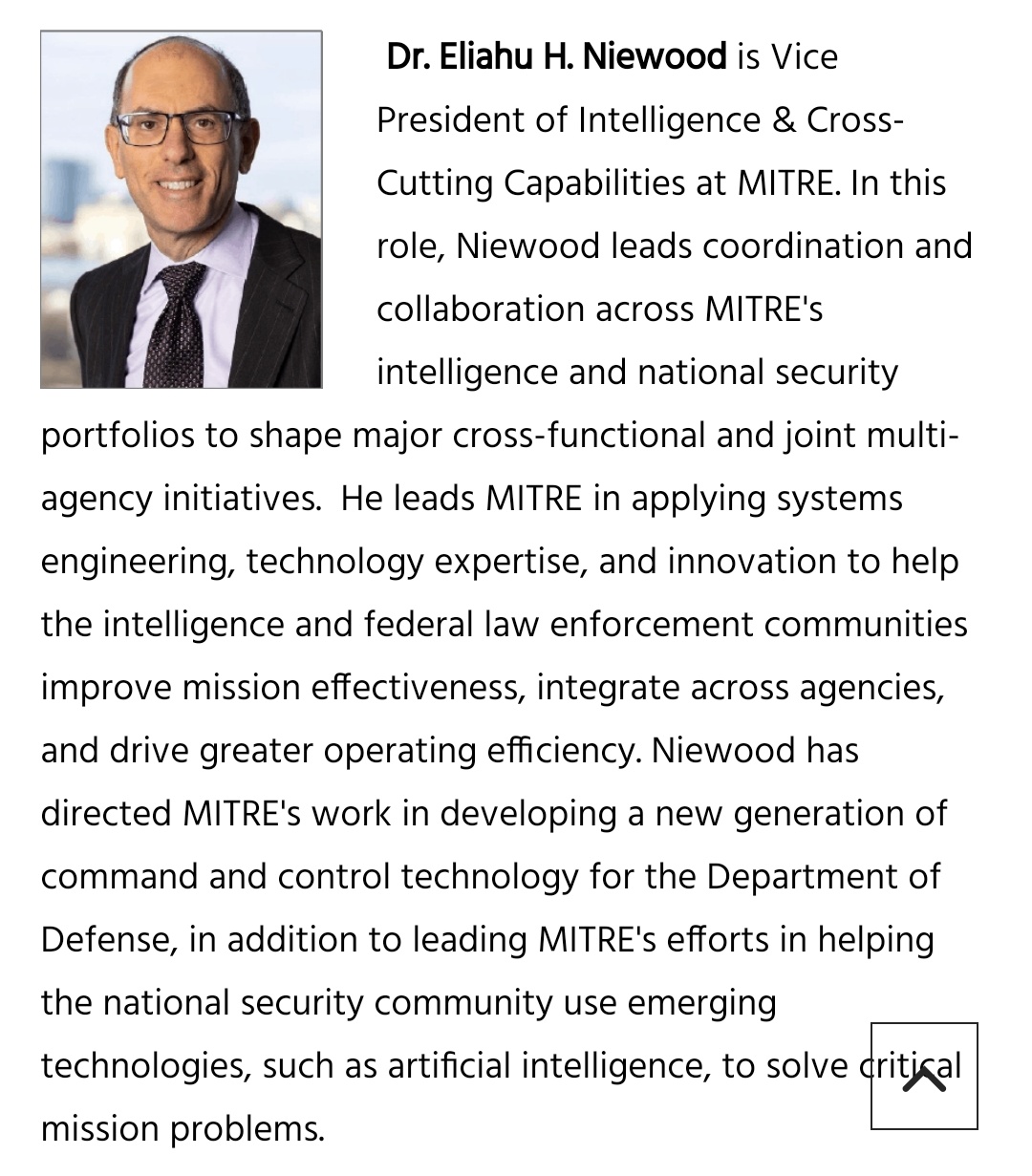
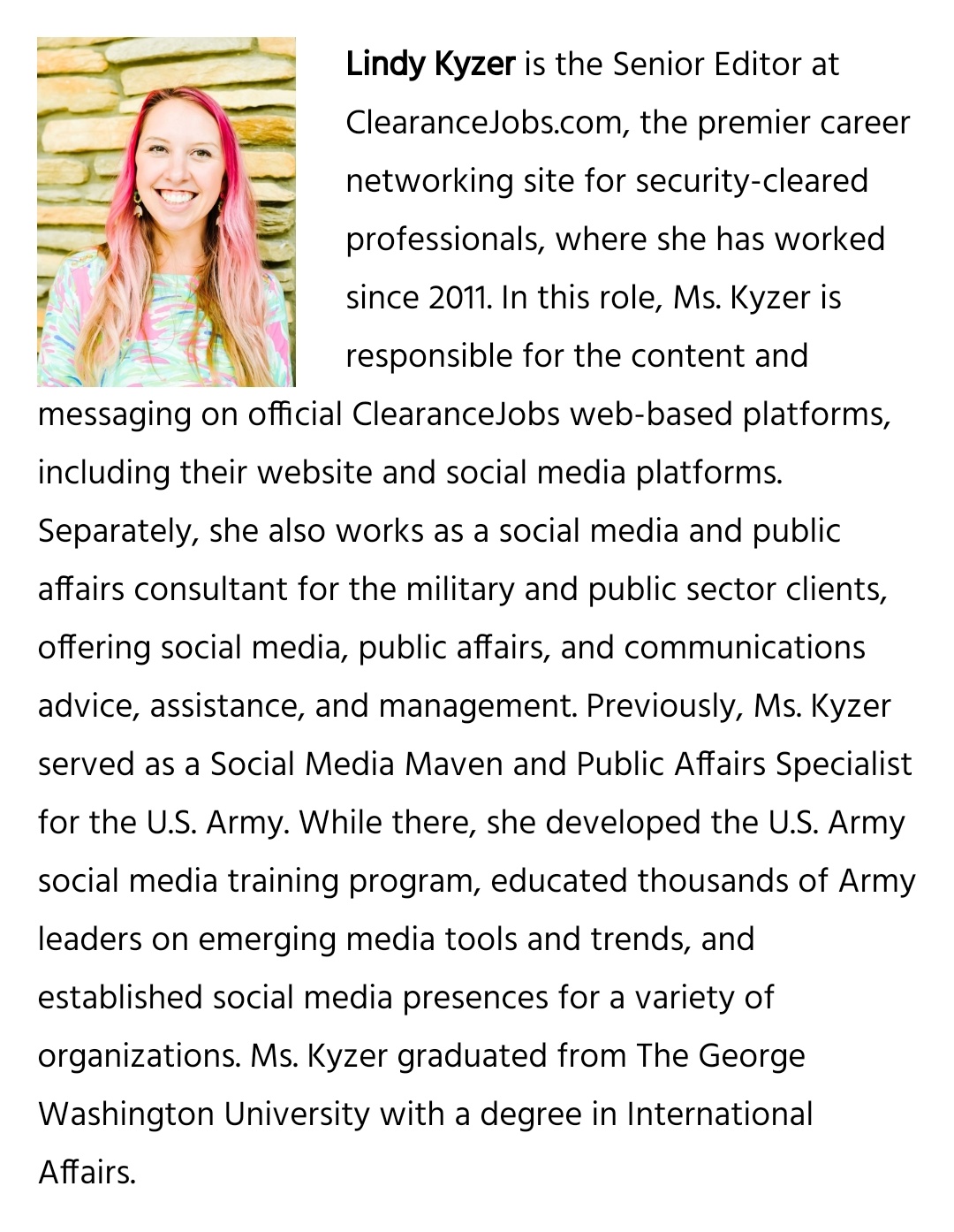
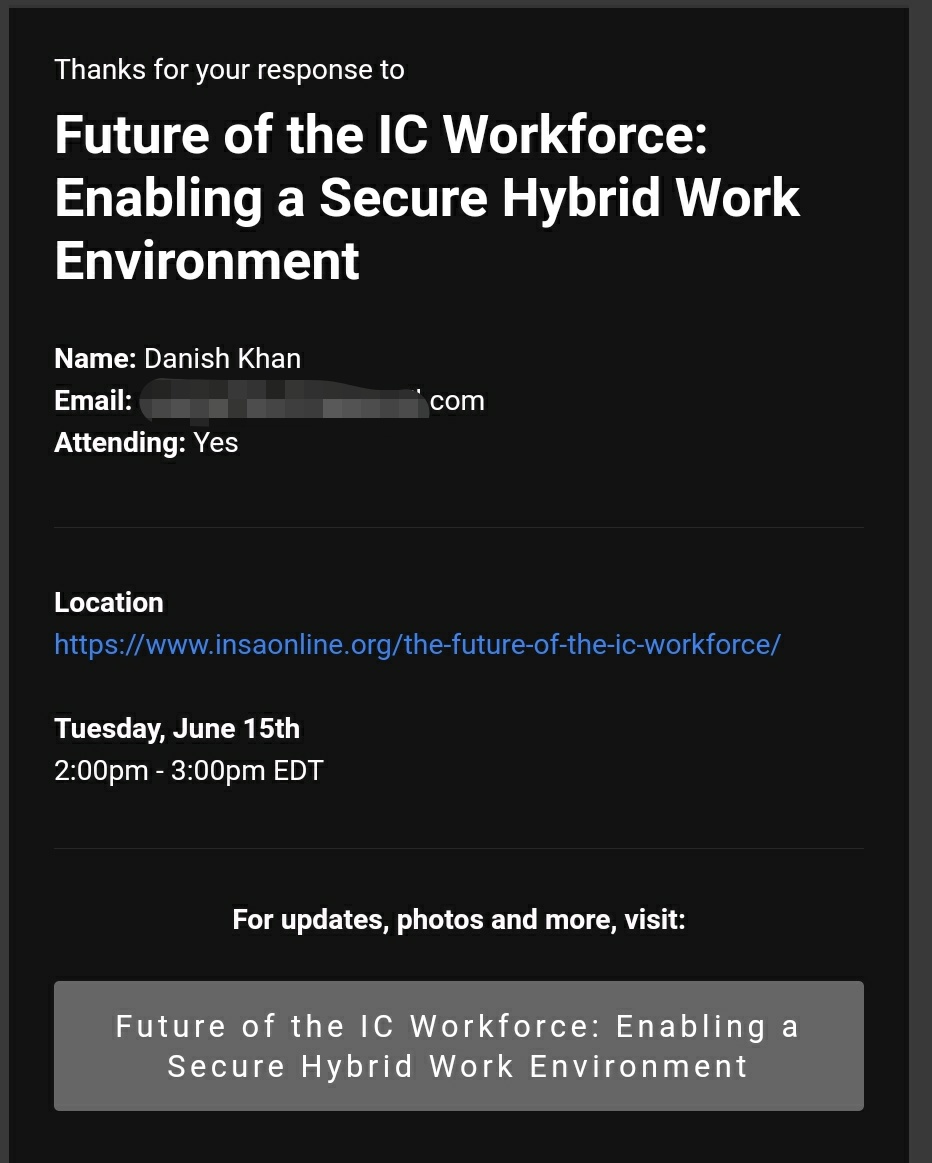

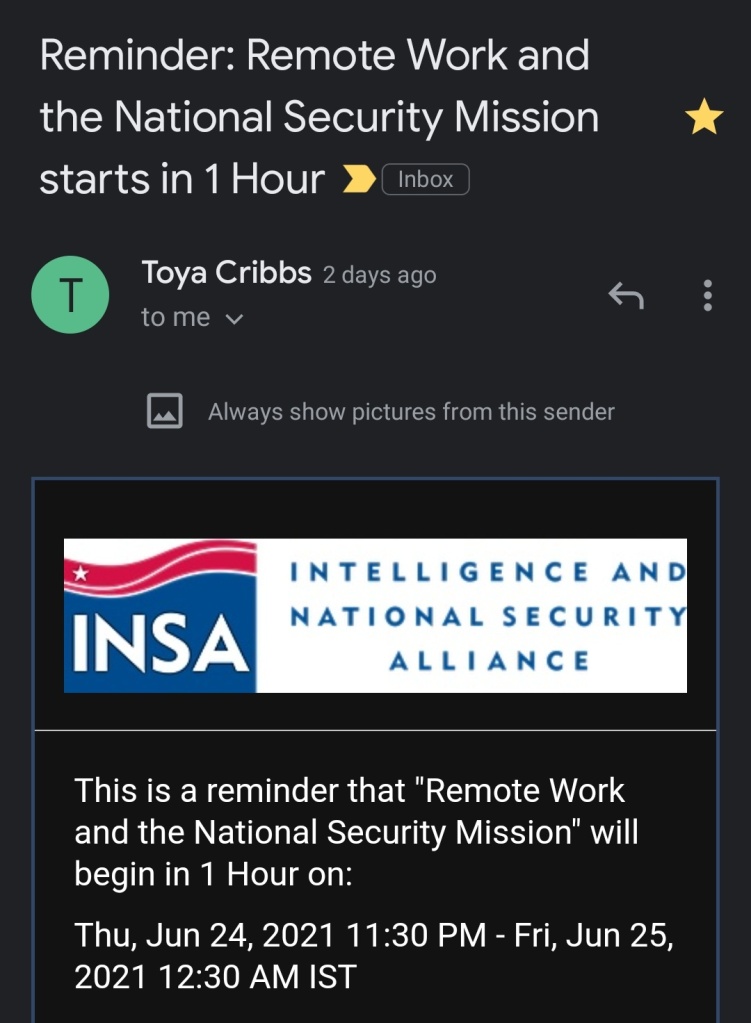
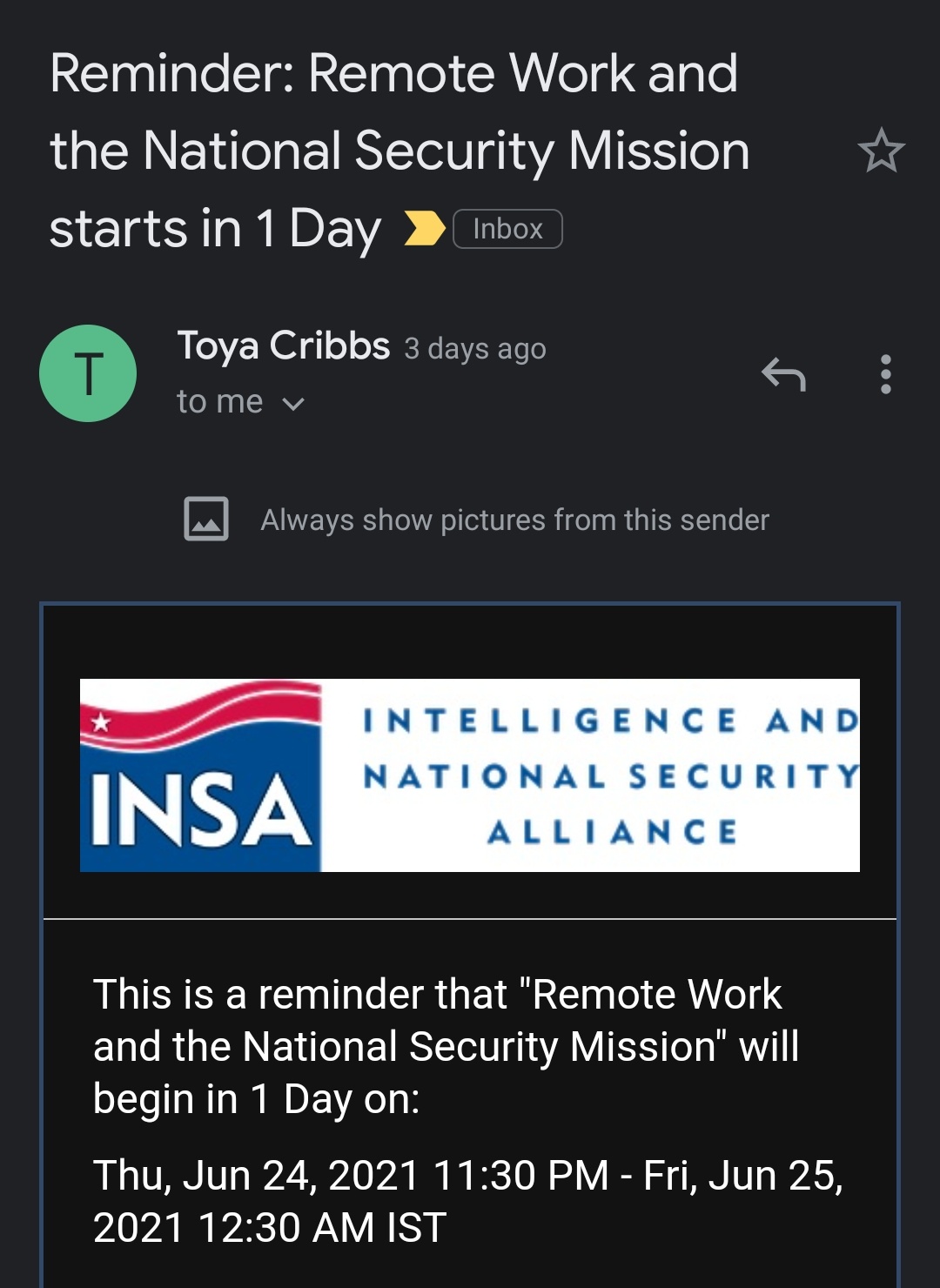
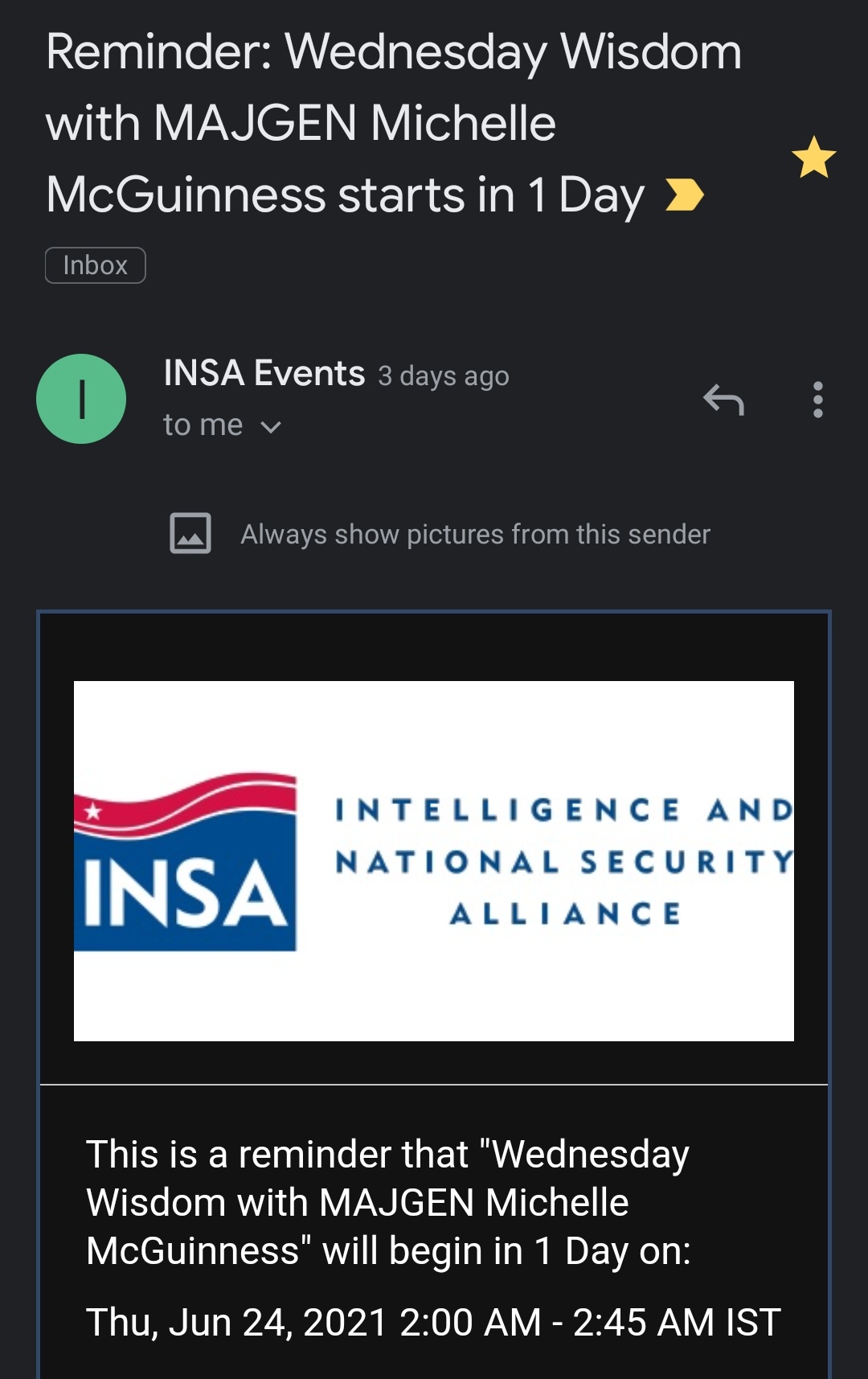
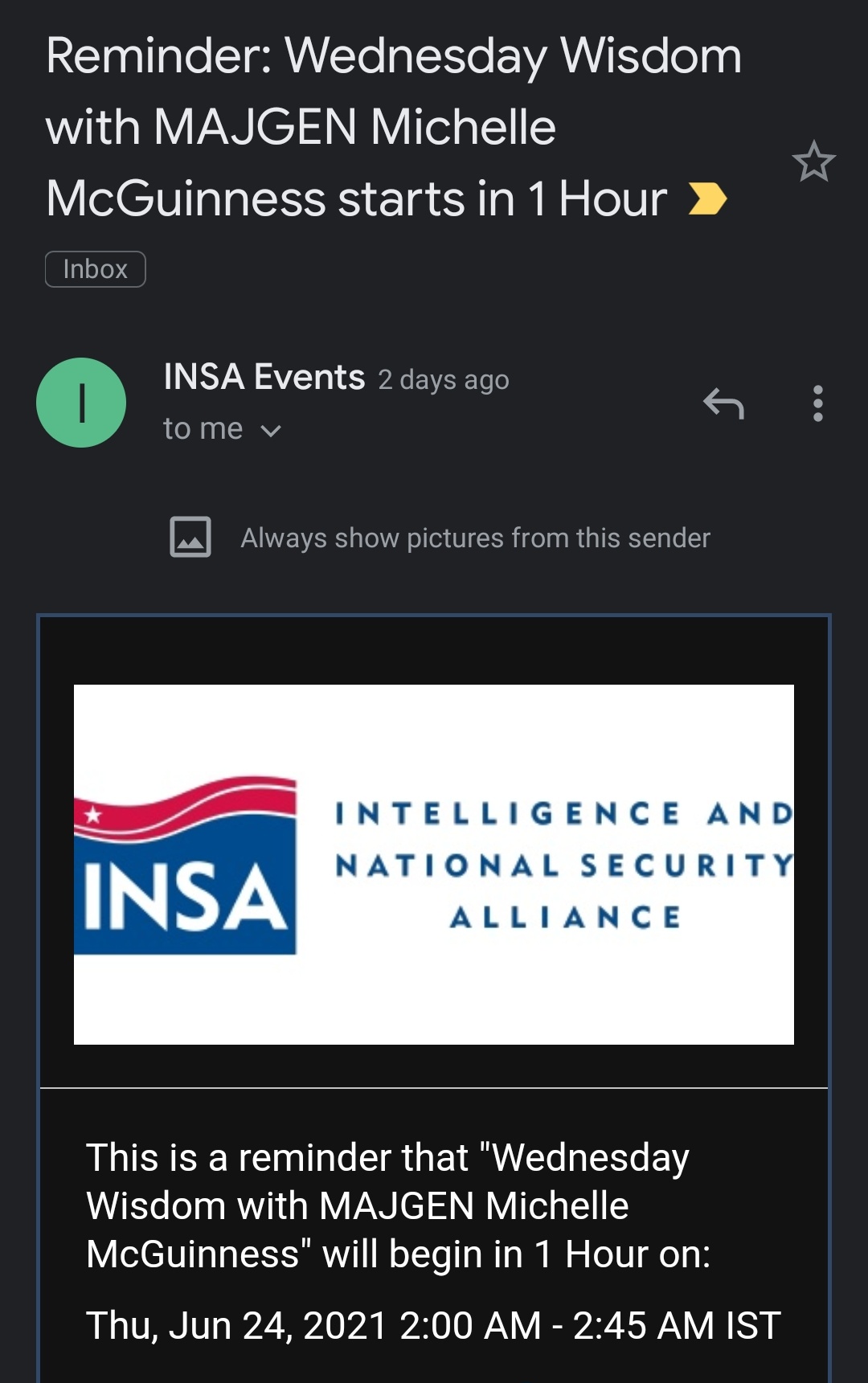

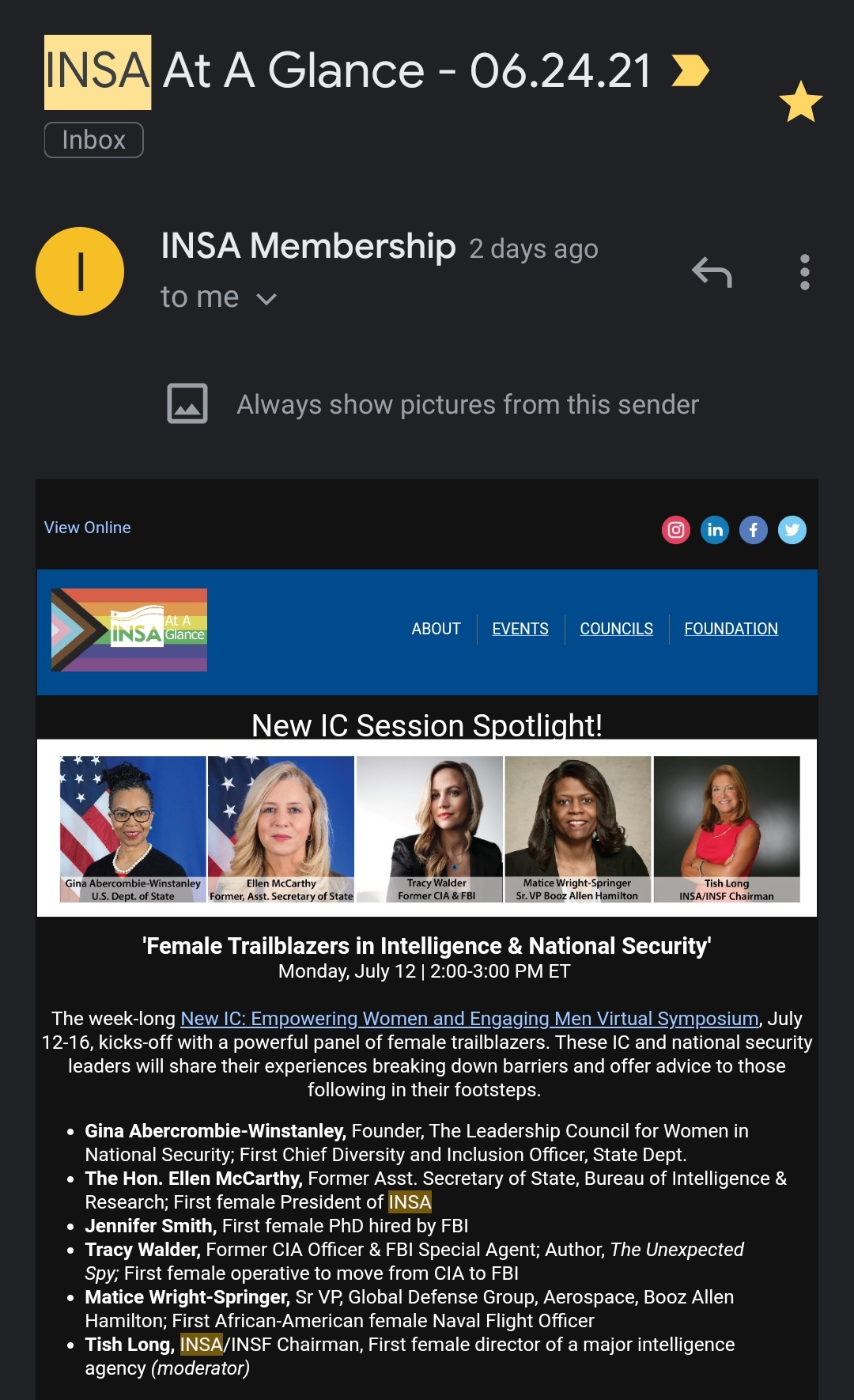
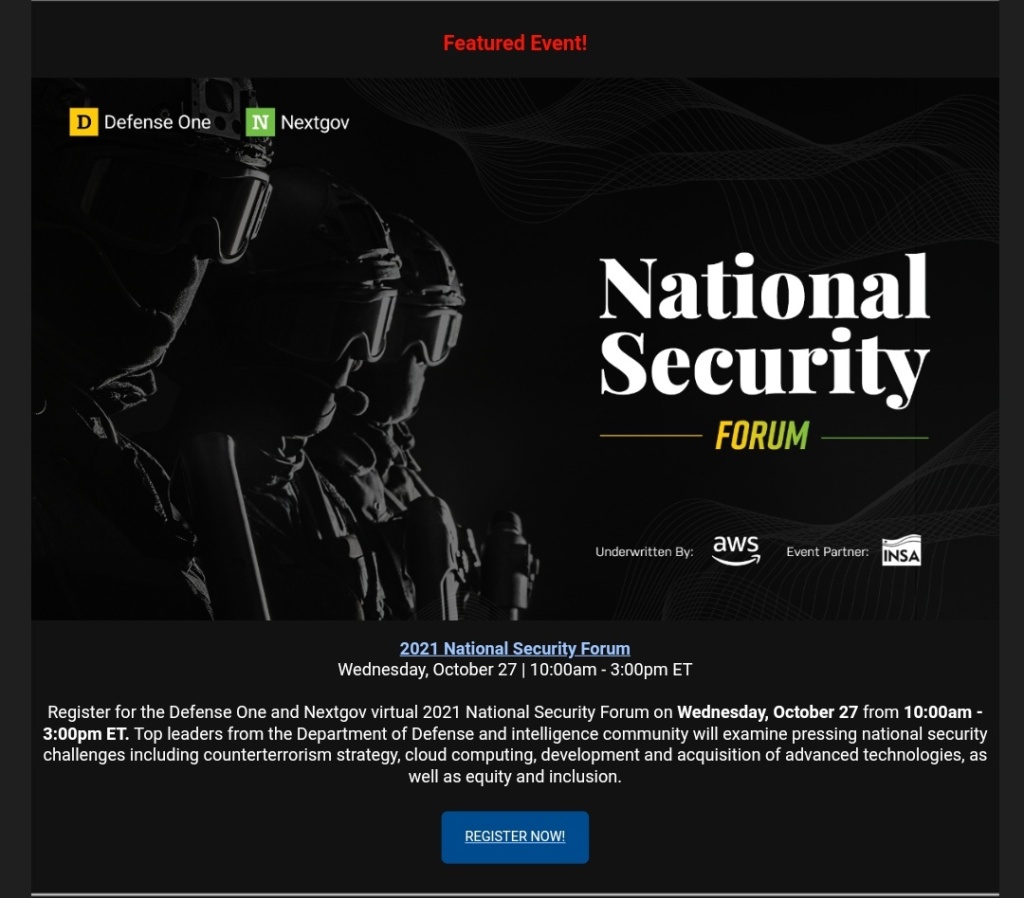
Op-Ed: Cybersecurity Needs a Whole-of-Society Effort
On May 31, The Hill published an op-ed by INSA Board member Dr. Isaac Porche, detailing what is needed to protect our nation’s critical infrastructure from a cyber attack. Dr. Porche calls for a more concerted effort that extends beyond the federal government—to state governments, corporations, and private citizens.
ICYMI: Managing Software Supply Chain
Risk
To close out National Supply Chain Integrity Month, INSA hosted an April 26 “Managing Software Supply Chain Risk,” program focused on the software supply chain. Senior leaders from CISA, DoD, Google, NCSC, and Oracle Public Sector, highlighted current challenges and shared ideas and best practices to help improve resiliency.
Designating Space Systems as U.S. Critical Infrastructure
ARLINGTON, VA (Nov. 2, 2021) –.In a white paper released today, the Intelligence and National Security Alliance (INSA) calls for the formal designation of U.S. space systems as a new sector of critical infrastructure.
Developed by INSA’s Cyber Council, the paper, Designating the U.S. Space Sector as Critical Infrastructure, notes that space systems have become vital to U.S. national and economic security even though space-related assets were not considered as one of 16 critical infrastructure sectors designated by the 2013 Presidential Policy Directive on Critical Infrastructure Security and Resilience (PPD-21). Space assets are now integrated into almost all essential sectors and functions, including defense, agriculture, transportation, energy, and
telecommunications. Designating the space sector as critical infrastructure, the paper asserts, would enhance the resiliency of space-related assets and thereby make these other critical infrastructure sectors more secure.
“Space-related capabilities have become essential to both national security and economic security, yet countries like Russia and China—which have advanced offensive cyber capabilities and anti-satellite weapons—have the potential to take them offline,” said Larry Hanauer, INSA’s Vice President for Policy. “Designating the space sector as part of the nation’s critical infrastructure would make it easier for government organizations, the military, and commercial space companies to share information on threats and vulnerabilities and thereby
enhance the space sector’s resilience.”
The space sector includes mission control, launch facilities, more than 3,300 satellites currently in orbit, and a wide range of companies and universities engaged in advanced research & development and technology deployment. Some experts predict the value of the space industry will reach almost $1.5 trillion by end of 2030.
The paper finds that designating the space sector as the United States’ 17th critical infrastructure sector would clarify government agencies’ roles and responsibilities in protecting space infrastructure, make clear to U.S. adversaries that the United States is committed to defending its space infrastructure, contribute to the establishment of global norms regarding
the safety and security of space systems, and accelerate development of best practices and technologies for ensuring cybersecurity and resilience of space assets.
The white paper is available on INSA’s website,
https://insaonline.us8.list-manage.com/track/click?
u=2bbe7114be6cc1ae543a8f374&id=dc2b57745e&e=d386303ff8
INSF White Paper Finds Remote Work to Outlive Pandemic
ARLINGTON, VA — The Intelligence and National Security Foundation (INSF) has released a new white paper focused on the COVID-19 pandemic impact on the intelligence and national security workforce. Underwritten by Avantus Federal, The Future of the IC Workforce: The Promise and Limits of Remote Work Technology summarizes key findings from INSF’s three-part videocast series,
which examined the shift to remote work in 2020; specifically, what worked, what challenges remain, and what opportunities lay ahead.
“The paper provides a number of recommendations for how we can reimagine the traditional IC work model and use lessons learned from the pandemic to build and grow a talented and diverse workforce,” said Suzanne Wilson Heckenberg, president of INSF and the Intelligence and National Security Alliance.
Key findings include the need for government and industry to reduce over-classification of materials, embrace OSINT, implement agile leadership, and embrace emerging technologies including zero trust architecture.
Read Full Paper here.
SAIC was proud to sponsor the special edition Wednesday Wisdom with Former DIA Director LTG Robert P. Ashley, Jr. USA (Ret.) on Is the IC Staying Ahead of the
Digital Curve? As the IC continues on its digital transformation journey, they are faced with new mission challenges and opportunities. We are dedicated to providing the IC with the best talent and relevant, transformative solutions that accelerate modernization goals and benefit national security. By investing in capabilities like IT, cloud, cyber, AI/ML, and more, we are delivering tools to meet IC mission needs. To learn more, be sure to check out http://www.saic.com/ic.
Episode Three of the The Future of the IC Workforce, “Enabling a Secure Hybrid Work Environment,” is happening at 2:00 pm ET! We’re looking forward to a great conversation with Marie Falkowski, Chief of Digital Innovation, Weapons and Counterproliferation Mission Center, CIA, and Dr. Eliahu Niewood, VP of Intelligence
& Cross-Cutting Capabilities, MITRE.Event Details
Date & Time
Tuesday, June 15
2:00 – 3:00 pm ET
Location
Use this link to access the videocast livestream:
https://www.insaonline.org/the-future-of-the-ic-workforce/

